21 F. high temperature in the Twin Cities yesterday.
39 F. average high on March 11.
66 F. maximum temperature on March 11, 2016.
March 12, 2009:
The record low temperature for Minnesota for the month of March is set
at -35. St. Cloud also sets a new daily record low of -15, breaking the
previous record of -12 that was set in 1956. The high temperature in St.
Cloud was also only 11 degrees on this date, which also set a new
record for the low maximum temperature. This broke the previous record
low maximum temperature of 12 degrees that was set in 1896.
March 12, 1990: The temperature at the Minneapolis-St. Paul International Airport hits a record-setting 69 degrees.
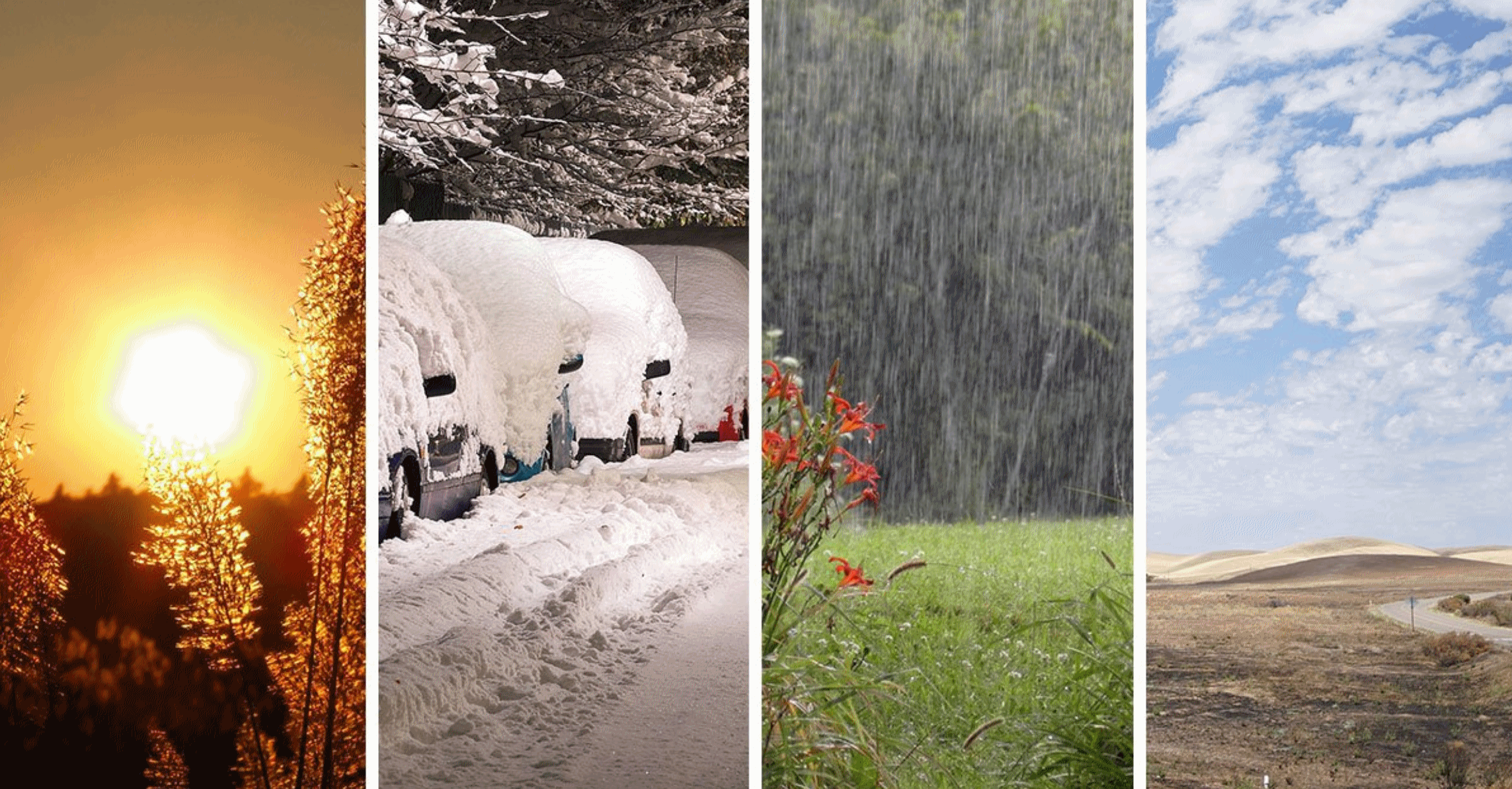 Springing Forward Into a Plowable Sunday Snow
Springing Forward Into a Plowable Sunday SnowUp
is down. Left is right. It rained on Christmas Day and now, a little
more than a week before the spring equinox, we'll see plowable snow. A
late-season sucker-punch of winter isn't unusual for March, when all 4
seasons are conveniently packaged into one manic month. Then again Old
Man
Winter never leaves willingly. He's like the clueless uncle who
doesn't know when it's time to say goodbye.
It'll be like learning
to drive on snow all over again. The last the metro area picked up a
lousy inch was back on January 25. Really. Today's clipper will spread
snow into town by afternoon; with air temperatures in the mid-20s even
freeways will become snow covered. I'm still thinking 2-5 inches, with
heaviest amounts south of the Minnesota River. Give or take a foot.
This
same swirl of energy and moisture will fortify a coastal storm capable
of a foot or more of snow from New York City to Boston on Tuesday.
A high sun angle melts most of our snow by Thursday. 40s return by late week; maybe 50s a week from Monday.
Chirping birds and green lawns are about 2-3 weeks away. Really!
Heaviest Snow Bands Set Up South/West of MSP.
A plowable snowfall is still likely for most of the MSP metro area, but
the heaviest amounts come over the far southern and southwestern
suburbs, where some 6-8" amounts are possible. A 2-5" snowfall is
expected in the metro by Monday morning, with the best chance of 5"
toward Lakeville and Chaska. Map: Aeris AMP.
 European Guidance
European Guidance.
The ECMWF solution is in line with NOAA models, showing a 2-5" range
across the Twin Cities metro, maybe an inch from Brainerd to Duluth.
Travel conditions will get progressively worse south and west of MSP
this afternoon and tonight. Map: WeatherBell.
 NAM Solution
NAM Solution.
NOAA's 12 KM NAM is consistent with guidance from ECMWF and GFS, also
keeping the heaviest amounts just south and west of the Twin Cities.
With air temperatures in the low to mid 20s even freeways will become
snow-covered, especially after dark this evening. Leave more time to get
around later today: Snowfall prediction: NOAA and Tropicaltidbits.com.
 Blizzard Watch New York City and Long Island to Boston
Blizzard Watch New York City and Long Island to Boston.
Much of coastal New England is expecting blizzard conditions by Tuesday
(sustained winds over 35 mph with visibility under 1/4 mile in
falling/blowing snow). Travel may come to a standstill from late Monday
into Wednesday midday.
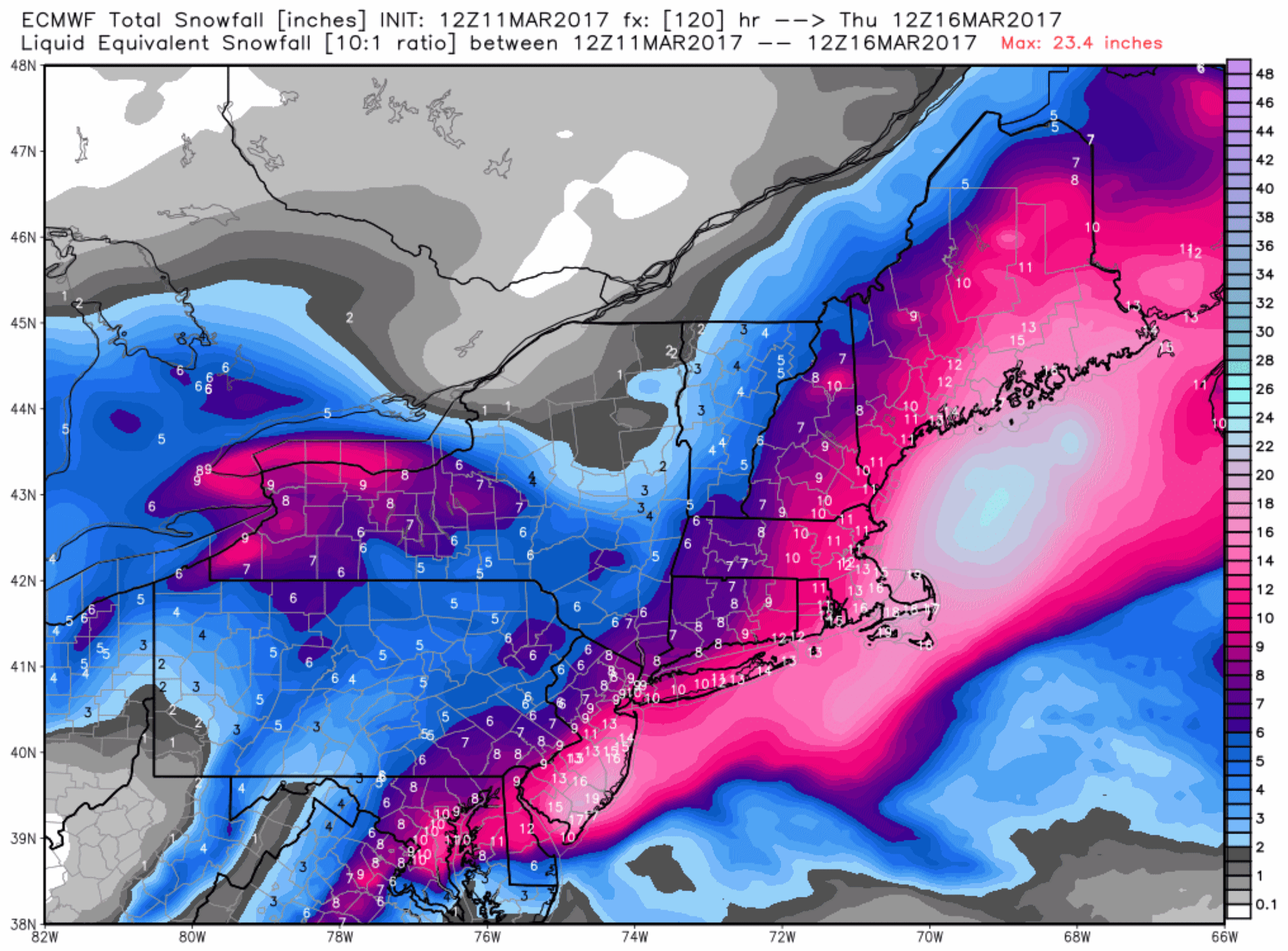 European Model Shifts Heaviest Snow Bands East.
European Model Shifts Heaviest Snow Bands East.
The 12z Saturday run of ECMWF pushes the most extreme snows from D.C.
to New Jersey and Cape Cod, with significant amounts for Philadelphia
and New York City. We'll have to see if this eastward nudge is a fluke
or a true trend in model runs. Source: WeatherBell.
 GFS Guidance
GFS Guidance.
NOAA's GFS model prints out a 1-2 foot bulls-eye from near Washington
D.C. and Baltimore to Philadelphia, another smear of extreme snows near
Boston. I keep asking myself what can go wrong. A storm track closer to
the coast could mean a period of rain/ice mixing with heavy snow, which
would keep final amounts down. But there's now little doubt that much of
the Northeast will see the biggest blast of winter snow and wind of the
season within 48 hours.
Winter Relapse - Spring Fever Returns in a Week.
Old Man Winter throws his weight around later today and Monday morning,
but the sun is too high in the sky for the cold and snow to linger for
long. This won't be like a January snowfall. 40s return late week; ECMWF
guidance showing low 50s early next week. Graphic: WeatherBell.
Mild Finish to March.
It may be hard to comprehend over the next 96 hours from the Upper
Midwest to New England and the Mid Atlantic region, but milder, Pacific
winds return within 1-2 weeks with 50s returning from the Midwest to the
Northeast, meaning a rapid meltdown in the days to come. After a brief
quiet spell the storm parade returns to California. What a shock.
California Storms: Wettest Water Year, So Far, in 122 Years.
The Mercury News has details of a stunning meteorological turnaround: "
Fueled
by a parade of “Pineapple Express” storms, California is in the midst
of its wettest water year in 122 years of record-keeping, according to
federal scientists. Between October 2016 and February 2017, California
averaged 27.81 inches of precipitation, the highest average since such
records began being kept in 1895, according to data released Wednesday
by the National Centers for Environmental Information, part of the
National Oceanic and Atmospheric Administration..."
When is a Drought Over? A Wet California Wants to Know. Here's a clip from
The New York Times: "...
In Northern California, snow could be seen on top of Mount Diablo outside San Francisco last weekend. Across the state, dams are under siege
and reservoirs are overflowing. The snowpack in the Sierra Nevada — a
source of water once winter ends and the dry months settle in — was
nearly twice its normal level last week. (And that was before even more
snow arrived.) Yet for all that, California is, at least officially,
still in a drought state of emergency. That has been the case since Jan.
17, 2014, when Gov. Jerry Brown issued the order
after one of the driest years in California history. Why hasn’t the
drought been declared over? Here are some answers for Californians — and
everyone else who has watched this story unfold — about what is going
on..."
Photo credit: "A
flooded orchard in Glenn, Calif. Much of the state is officially out of
the drought, but some parts, such as Santa Barbara, remain alarmingly
dry." Credit Jim Wilson/The New York Times.
Battered by Winter Storms, Big Sur is Cut Off from California. This is really quite amazing, and I had no idea the extent of disruption. Check out the jaw-dropping details in The Mercury News: "Isolated
residents of this breathtaking coastal retreat are surviving through
stockpiled food, airlifts and cooperation after this wild winter’s
storms have cut off Big Sur, buckling a bridge and burying the asphalt
along America’s most picturesque highway. One key bridge could be out of
service for a year. Instead of the rich and famous dropping by for spa
treatments at the Post Ranch and Ventana Inn, helicopters are dropping
supplies to about 450 remaining residents of this glorious ZIP code. The
community has turned to self-governing; there’s no law enforcement,
elected officials, public services or tourists.
For three weeks, Big Sur has not only been cut off from California — it’s also been cut in half...."
Hurricane Forecasters Sent a Blunt Warning to their Bosses. Andrew Freedman at Mashable
has a post detailing growing concerns about the latest upgrade to the
GFS, the Global Forecast System, NOAA's premiere (global) weather model.
Apparently it doesn't do as well predicting hurricane track and
intensity. In this case "upgrading" could mean a step backwards for
meteorologists and the public.
Image credit: Hurricane Matthew strikes Florida on Oct. 7, 2016.
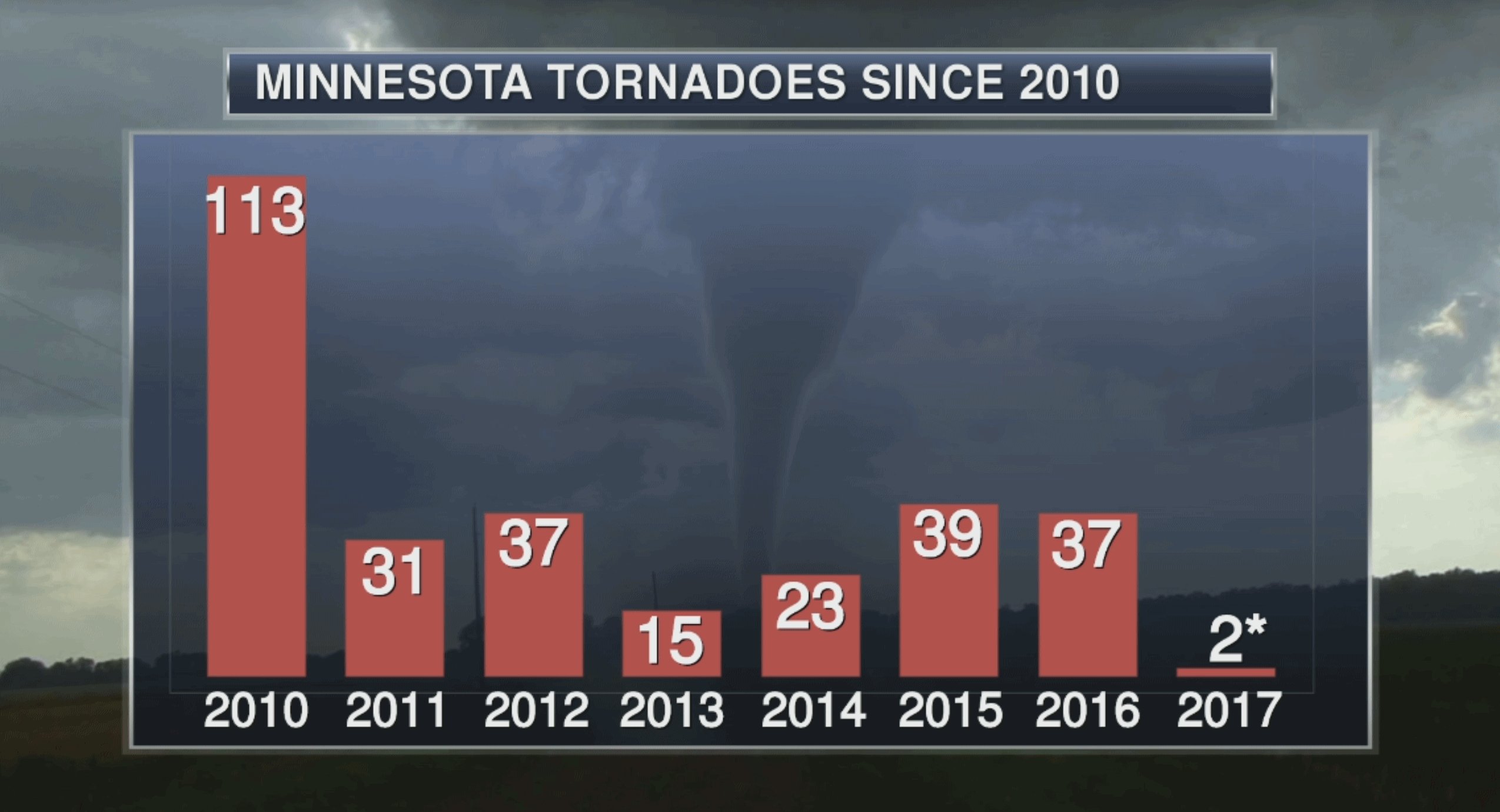 Tornado Count.
Tornado Count.
These numbers are from the Minnesota State Climate Office, not NOAA
SPC. For the record "average" number of tornadoes, statewide, since 1950
is 36.
"Weather Microphones" Could Prevent More Deaths from Severe Storms. I had no idea there was such a thing as a tornado-detecting microphone.
WRCB-TV in Chattanooga set me straight: "
After
the April 2011 severe weather outbreak, we learned that tornadoes
behave differently in the South than in the plains. Researchers at the
University of Mississippi's National Center for Physical Acoustics have
developed low-cost, high-fidelity technology that could help better
detect tornadoes by using special microphones. "These are microphones
designed primarily for very low frequency sound, frequencies below what
humans can hear," explains Senior Research Scientist Dr. Roger Waxler.
Most of us can't hear sounds below 20 Hertz. But studies have proven
that tornadoes emit frequencies much below this level from as far away
as 20 miles because they're less prone to interference than high
frequencies. These sound waves have been picked up by the microphones in
western states. "There's a focus now to look at the Southeast both
because of the tornado damage that's been done and also because it's
hilly," adds Waxler. "It's a different environment..."
Floods and Hurricanes Predicted with Social Media.
Predicted may be a strong word, but there is little doubt that social
media has become a mirror, reflecting what's on our minds - and what
we're talking about. Confirmation from new research highlighted at
Science Daily: "...
The
researchers tracked photos and videos with tags such as river, water
and landscape on the social media platform Flickr between 2004 and 2014.
Whilst these words can be used to generally describe natural scenery,
researchers found that in certain time periods before the peak of
extreme weather events -- and in the locations where they occurred --
these words took on a distinct meaning of forecast and warning, showing
the weather worsening. These risk-signalling words can act as 'social
sensors', which when used alongside physical meteorological sensors can
help to improve the prediction and monitoring of the behavior and
severity of an evolving weather event in multiple areas..."
Facebook is Eating the World.
If you don't have a few pangs of concern about the long-term impact of
social media you're probably not paying attention. How, in an age of
personalizied news bubbles, do we maintain an informed electorate?
Here's a clip from
Columbia Journalism Review: "...
We
are seeing huge leaps in technical capability–virtual reality, live
video, artificially intelligent news bots, instant messaging, and chat
apps. We are seeing massive changes in control, and finance, putting the
future of our publishing ecosystem into the hands of a few, who now
control the destiny of many. Social media hasn’t just swallowed
journalism, it has swallowed everything. It has swallowed political
campaigns, banking systems, personal histories, the leisure industry,
retail, even government and security. The phone in our pocket is our
portal to the world. I think in many ways this heralds enormously
exciting opportunities for education, information, and connection, but
it brings with it a host of contingent existential risks. Journalism is a
small subsidiary activity of the main business of social platforms, but
one of central interest to citizens..."
Best Weather Podcasts. Here's a
post to get you started: "
If
you’re interested in learning more about weather and the weather
enterprise – especially while driving, exercising or doing anything else
when you might listen to music or an audio book – a number of
weather-related podcasts might be worth your time. A podcast is
basically a radio talk show that you can play on a web browser or
download to a portable device like a smartphone or mp3 player for
playback at your convenience. Some smartphone apps will automatically
download a podcast’s new episodes when they become available. Several
interesting podcasts are devoted to weather and often cover topics
related to severe weather. Below, I list a few I’ve listened to and
found to be worth my time..."
 How to Clear a Path Through 60 Feet of Snow, Japanese Style
How to Clear a Path Through 60 Feet of Snow, Japanese Style.
I can't help but feel a little jealous, although some of the ski
resorts in the Sierra Nevada range in California may be telling similar
snowy tales. Here's an excerpt from
Atlas Obscura: "...
The
height of the canyon’s snow walls can reach a staggering 66 feet. Using
another New York City analogy, that would leave your average five-story
East Village walkup apartment building buried head to toe in snow. “The
amount of snow that falls here is just exceptional,” says Yoshihide
Tanikawa, Vice President of the Toyama Prefectural Road Public
Corporation, which is in charge of snow plowing across many parts of
Toyama Prefecture, including the Snow Canyon. The reason behind the
tremendous snowfall is a confluence of geography and meteorology.
“Toyama is on the coast with an elevation of zero,” explains Tanikawa,
and just 20 miles from the ocean is Mt. Tateyama. “So the altitude rises
from sea-level to 3,000 meters [9,843 feet] in a very short distance...”
Photo credit: "
The towering snow walls of Tateyama."
Pietro Zanarini/CC BY 2.0
Texas City One of the First to be Powered by Wind and Solar Energy. The Star-Telegram reports on the amazing success of renewables in Georgetown, Texas: "...But it’s all about the Benjamins, Georgetown Mayor Dale Ross told NPR. “
It’s
our love of green — green rectangles and green energy,” he said, the
rectangles signifying dollars. “First and foremost it was a business
decision.” There was never any talk of global warming or climate change
during the city’s deliberations in 2012 about its power source going
forward. “I don’t think they’re ever going to accuse Georgetown of being
the next Berkeley,” Ross told NPR’s Ari Shapiro. The city realized that
there was enough wind and solar power available, that it was fairly
predictable and that the prices wouldn’t fluctuate as much as oil and
gas prices..."
Photo credit: "
Wind turbines north of Roscoe, Texas, are part of one of the largest wind farms in North America." David Kent Star-Telegram.
Solar-Powered Everything. Charging up your cell phone with a solar-powered jacket? Why not. Here's an excerpt from NexusMedia: "...Touhey
and his partners have collaborated with Tommy Hilfiger to make
solar-powered jackets, and now they’re working on a line of bags with
built-in solar panels. While coats can’t generate nearly as much power
as larger arrays, every person with a smartphone is a potential
customer. “It’s really cool to plug in your phone and charge it with the
sun,” says Touhey. Researchers are developing woven solar fabrics
that have photoactive dyes coating individual threads, so each fiber is
a miniature solar panel. But for now, flexible solar panels must be
laminated on top of fabrics..."
Photo credit: "
The Tommy Hilfiger Solar Powered Jacket." Source:
Pvilion
Read more here: http://www.star-telegram.com/news/state/texas/article137457553.html#storylink=cpy
Read more here: http://www.star-telegram.com/news/state/texas/article137457553.html#storylink=cpy
Even If Symbolic, Chicago Fossil Fuel Divestment Could Send "Powerful Signal". Here's a clip from
Midwest Energy News: "
...Chicago
is often touted as a leader on this front thanks to its solar, energy
efficiency and other programs, along with the 2012 closure of two urban power plants and city officials’ action against petroleum coke storage. Now a majority of City Council members and the Chicago chapter of 350.org
want the city to make a statement against the fossil fuel industry by
pledging to divest the city’s pension funds and stocks and bonds. A divestment resolution was
introduced in December, and backers are hoping it will be heard by the
full council this spring. The measure would be largely symbolic, since a
resolution is non-binding and the state government is in charge of
pension investments. But supporters say that the resolution would send a
powerful message and could be followed by a city ordinance that might
mandate some divestments..."
How Delta Landed on the 100 Best Companies To Work For List.
Treat employees as owners (profit sharing, stock options) and amazing
things happen. Kudos to Delta to restoring my faith in American air
carriers; here's an excerpt at
Fortune: "
The
next time you have a bad day at work, imagine you’re instead in an
airport surrounded by hundreds of frustrated customers demanding to know
when they’ll get home. Or try explaining an unexpected layover to a
plane full of grumpy passengers. That sort of pressure is why the
airline industry is among the most stressful of work environments. But
in the case of Delta Air Lines (dal, +0.08%), many employees don’t just tolerate their jobs. They love them.Among the companies that made the cut for Fortune’s 100 Best Companies to Work For list,
the most surprising may well be Delta, which is on the list this year
for the first time; it’s also the first airline to make the cut in a
dozen years..."
Harvard Theoriests: How Sailing Aliens Could Have Caused Fast Radio Bursts. Maybe aliens will take our minds off more pressing issues. Here's an excerpt from
The Washington Post: "
In
2007, a West Virginia University astrophysicist named Duncan Lorimer
detected a brief yet intense signal while combing through archival data
from the Parkes Observatory telescope in Australia. The signal was
quick. The spurt of radio activity, originating from a source other than
our galaxy, lasted fewer than 5 milliseconds. And it was furious. To
generate such a burst would require 500 million times
the power of our solar system’s sun. The unknown source of the signal
prompted intense speculation. One proposal, to be published in
Astrophysical Journal Letters, may be the wildest yet: Sailing aliens.
“An artificial origin is worth contemplating and checking,” said Avi
Loeb, a theorist and author of the paper at the Harvard-Smithsonian
Center for Astrophysics, in a statement on Thursday..."
Illustration credit: "
An
artist’s illustration of a light-sail powered by a radio beam (red)
generated on the surface of a planet. Come sail away, indeed." (M. Weiss/Center for Astrophysics)
Daddy's Working! Best. Interview. Ever. Check out details of a very funny (and authentic!) BBC interview, courtesy of
Daily Mail Online: "
Live television always leaves room for hilarious gaffes - which is exactly what happened when a BBC debate
on South Korea was interrupted by the interviewee's children. The
hilarious footage shows expert Robert Kelly, an associate professor of
Political Science at Pusan National University in Busan, handling
serious questions on the country's president, Park Geun-hye, being
ousted from power. But suddenly, a toddler bursts into the room in a
bright yellow top and performs a comical dance behind the Cleveland,
Ohio, native..."
TODAY: Winter Weather Advisory. Snow by afternoon. Roads becoming icy. Winds: E 10-15. High: 27
SUNDAY NIGHT: Winter Weather Advisory. Snow, totals ranging from 2-5" (heaviest amounts southern/western suburbs). Low: 20
MONDAY: Slow, icy start. Flurries taper off. Winds: NE 10-15. High: 26
TUESDAY: Bright sun, light winds. Winds: N 7-12. Wake-up: 5. High: 28
WEDNESDAY: High pressure bubble: blue sky. Winds: S 3-8. Wake-up: 9. High: 33
THURSDAY: Partly sunny, more March-like. Winds: S 8-13. Wake-up: 19. High: near 40
FRIDAY: Unsettled, few rain showers. Winds: NW 10-20. Wake-up: 29. High: 43
SATURDAY: Intervals of sun, pleasant. Winds: NW 5-10. Wake-up: 27. High: 47
Remre here: http://www.miamiherald.com/news/local/crime/article137317553.html#storylink=cpy
Climate Stories....
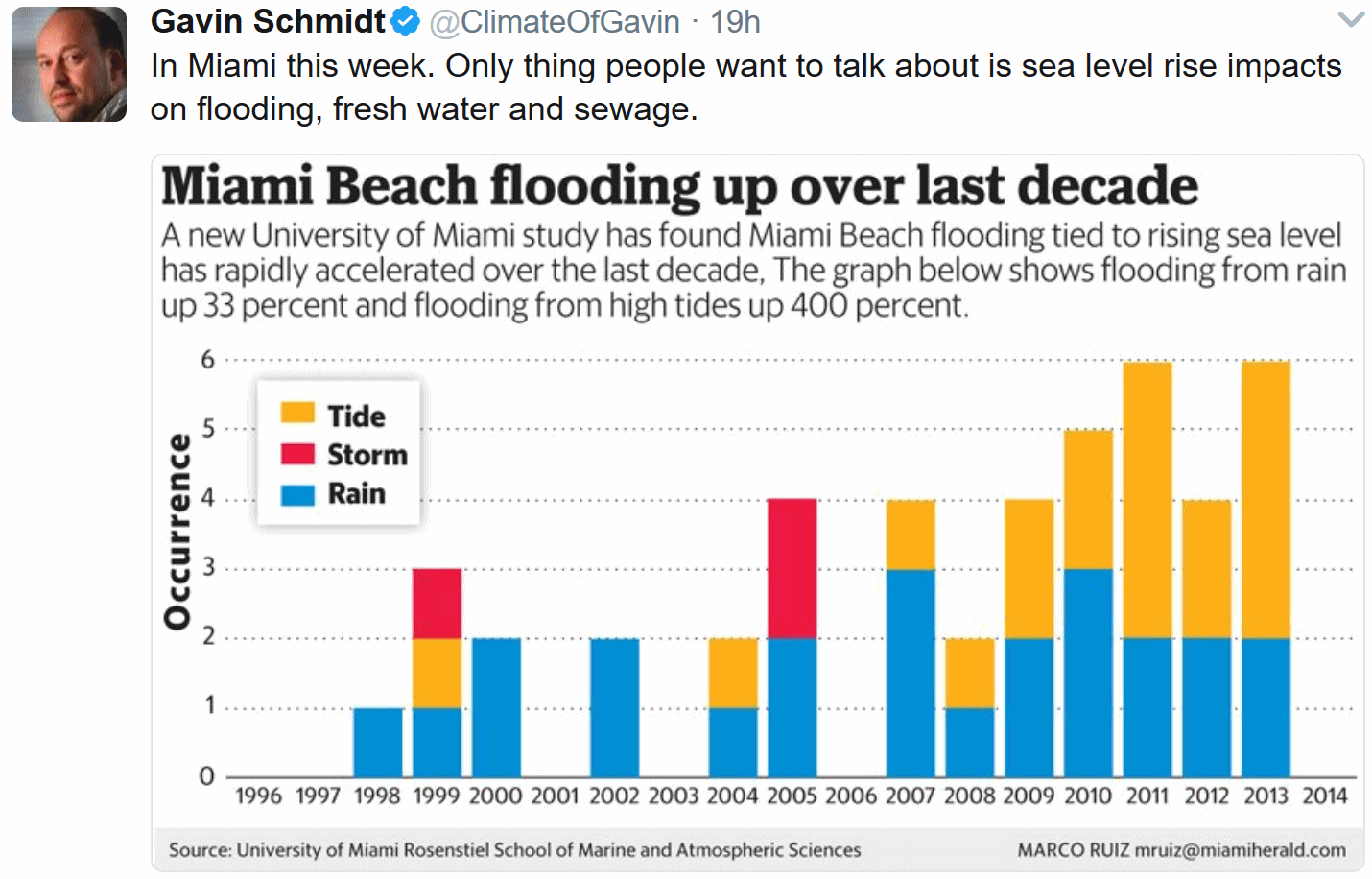
How We Know that Climate Change is Happening - and that Humans are Causing It. Popular Science has a post worthy of your time; here's an excerpt that caught my eye: "...
Arndt and his colleagues spend their days poring over data,
comparing the incoming numbers to the baseline they call “normal.”
Using daily, weekly, monthly, and annual rhythms, they coordinate data
collection and sharing, keeping an eye on the quality of the numbers and
how they stack up compared to yesterday, last week, and longer. For
Arndt, climate is all about scale—and the information that passes
through his office tells a story that’s become all too familiar. “The
upper atmosphere is cooling while the lower atmosphere is warming,” he
says. “You don’t get that without changing the composition of the
atmosphere. We’re seeing changes you would theoretically see in a
warming world. More big rain—that’s an expectation. More big heat—that’s
an expectation. The frozen stuff is generally melting or going away,
based on the time of year and the location on the planet.” He pauses for
a moment, then continues. “I think the basics are more than settled...”
File photo: Barry Wilmore, NASA ISS.
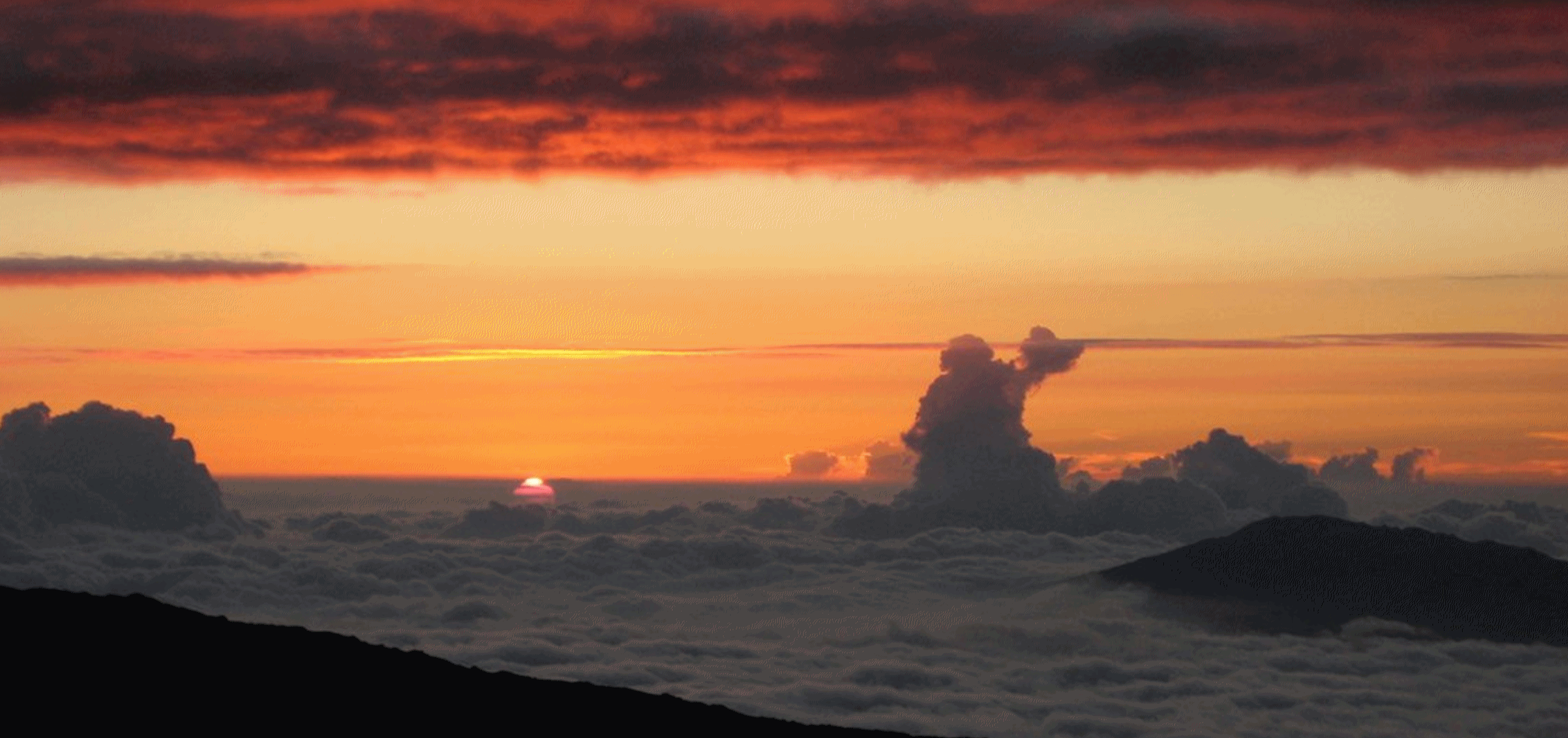
Carbon Dioxide Levels Rose at Record Pace for Second Straight Year. Here's an excerpt of an update from
NOAA: "
Carbon
dioxide levels measured at NOAA’s Mauna Loa Baseline Atmospheric
Observatory rose by 3 parts per million to 405.1 parts per million (ppm)
in 2016, an increase that matched the record jump observed in 2015. The
two-year, 6-ppm surge in the greenhouse gas between 2015 and 2017 is
unprecedented in the observatory’s 59-year record. And, it was a record
fifth consecutive year that carbon dioxide (CO2) rose by 2 ppm or greater, said Pieter Tans, lead scientist of NOAA's Global Greenhouse Gas Reference Network. “The rate of CO2 growth
over the last decade is 100 to 200 times faster than what the Earth
experienced during the transition from the last Ice Age,” Tans said.
“This is a real shock to the atmosphere...”
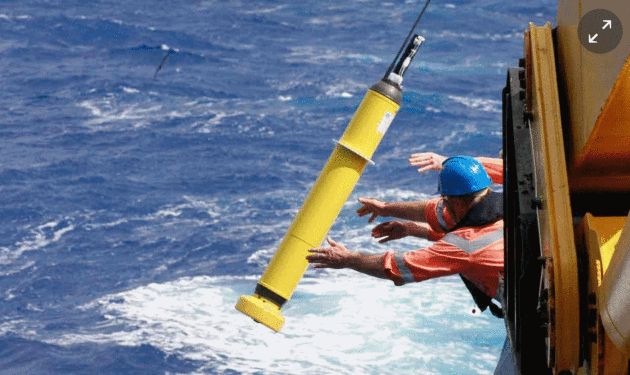
Earth's Oceans are Warming 13% Faster Than Thought, and Accelerating. Climate scientist and University of St. Thomas professor John Abraham writes for
The Guardian; here are a couple of excepts from a recent post: "...
Fortunately, a paper just published today
in Science Advances uses a new strategy to improve upon our
understanding of ocean heating to estimate the total global warming from
1960 to 2015. I was fortunate to co-author the study, which uses
several innovative steps to make improvements...We were able to extend
our techniques back to the late1950s and show that the rate of global
warming has changed significantly in the past 60 years. One main outcome
of the study is that it shows we are warming about 13% faster than we
previously thought. Not only that but the warming has accelerated. The
warming rate from 1992 is almost twice as great as the warming rate from
1960. Moreover, it is only since about 1990 that the warming has
penetrated to depths below about 700 meters..."
Photo credit: "An Argo float is deployed into the ocean Photograph." CSIRO
What Slashing the EPA's Budget by One-Quarter Would Really Mean. InsideClimate News takes a closer look: "...
With
cuts on that scale, EPA would have to function with resources
comparable to its earliest years, shortly after its founding under
Richard Nixon. That was before the rise of the Superfund toxic dump
cleanup program in 1980, the revisions to the Clean Air Act that in 1990
created economy-wide pollution permitting, the changes to the Safe
Drinking Water Act that passed Congress overwhelmingly in 1986, and the
growing complexity of dealing with pollution from pesticides, dioxins
and other chemicals. "I believe EPA has been run on a shoestring for a
long time," said Bruce Buckheit, a former EPA lawyer who worked on
pollution enforcement, a central task for the agency. "You're past the
point where you have fat to cut..."
EPA Head Scott Pruitt Says Carbon Dioxide is not a "Primary Contributor" to Global Warming. Amazed that basic science is still being misunderstoon and misrepresented in 2017; here's an excerpt from
PolitiFact: "...
The
normal environment of the earth is that several types of gas stick in
the atmosphere and trap excess heat, including carbon dioxide, water
vapor, methane and nitrous oxide, making a natural "greenhouse." Since
the Industrial Revolution in the early 1800s, humans have changed the
composition of the greenhouse — leading to climate change — by releasing
significant amounts of carbon dioxide into the air primarily through
burning fossil fuels. "Pruitt is incorrect. CO2 is a primary contributor
to global warming. That fact is not in dispute among climate
scientists," said Anne Slinn, executive director for research of the
Center for Global Change Science at the Massachusetts Institute of
Technology. This chart from the National Oceanic and Atmospheric
Administration shows that even though the earth has experienced
fluctuations in carbon dioxide levels throughout its history, there’s
more carbon dioxide now than there has been in at least 400,000 years..."
Tweet Storm! NASA's Gavin Schmidt vs. Scott Adams.
Yes, you still have the freedom to be willfully ignorant. Here's an
excerpt of a fairly amazing tweet string as Schmidt tries to argue that
the climate is, in fact, changing and we are responsible, via Twitter -
courtesy of
Storify: "
So
Gavin Schmidt wrote 42 tweets to Scott Adams about the state of climate
research. I made it into a Storify because it's a nice summary of where
"we" are. I wonder about the signicance of the number 42..."
Chevron Says Climate Risks Pose Minimal Risk to Operations. The Wall Street Journal reports: "
Chevron Corp. said
in a new report that a global transition to lower-carbon energy sources
poses a minimal risk to its operations, a response that follows growing
shareholder demand for more disclosure on climate risks. Dramatic
global action to limit the effects of warming temperatures wouldn't harm
Chevron’s assets because the oil giant is investing in lower-cost
opportunities, according to the report, which was quietly posted on the
company’s website Wednesday evening. Such a scenario could render
costlier projects uncompetitive, the company said..."
"We Thought We Would Hit Your Sweet Spot."
Don't underestimate the power of entrenched monopolies and their
ability to sway politicians and media. Change is always hard, and the
fossil fuel industry does not want to be disrupted anytime soon. Here's
an excerpt from a recent
Wall Street Journal Op-Ed: "...
It’s
hard to believe that the editorial board of The Wall Street Journal
would oppose a conservative, free-market, revenue-neutral,
limited-government, internationally competitive approach to the
potential threat of climate change that would eliminate the heavy hand
of government regulation by the EPA—and is supported by many of
America’s major oil- and gas-producing companies. But that’s exactly
what the board did in its Feb. 25 editorial “The Carbon Tax Chimera.”
The Journal, whose sage editorial writing we have admired over the
decades, lists several problems with our proposal for a levy on carbon
that would not grow government, but instead would be returned to all
Americans in the form of a dividend of the revenues raised. Some of the
Journal’s concerns are speculative while others are just flat wrong. But
more important, the editorial criticizes an approach supported by some
of the very industries that would pay the proposed levy..."


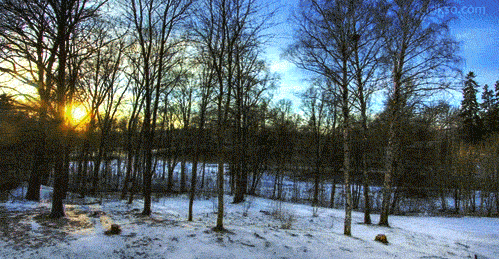
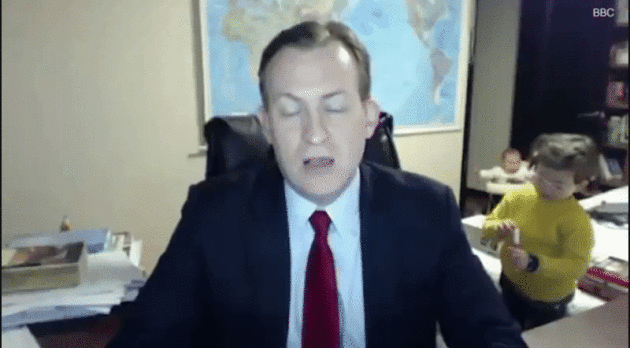

No comments:
Post a Comment